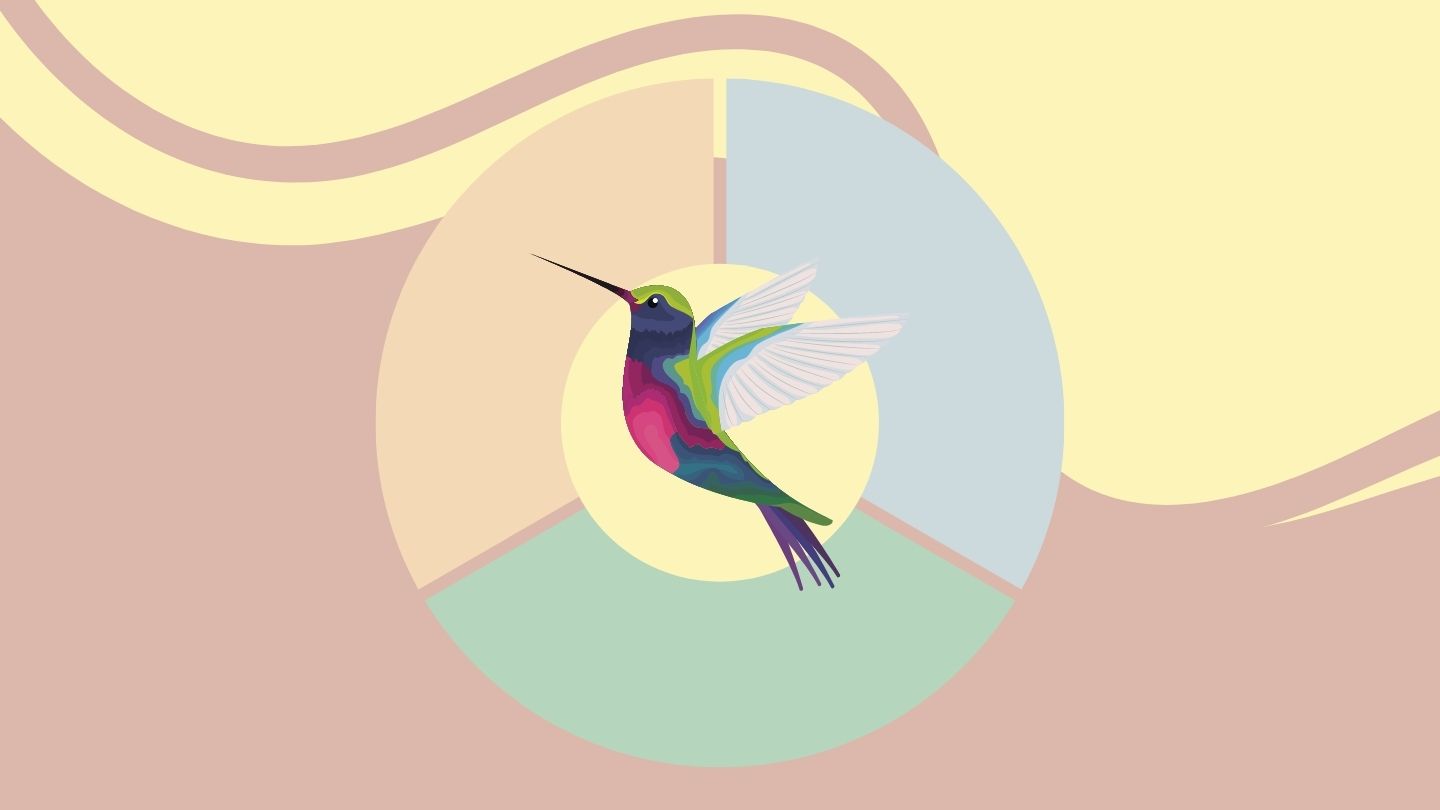3 scopes for sustainability
What does it take to make a research site truly sustainable? Our colleagues at Saint-Vulbas, France, have a leg up: They’re not only tackling emissions that are easy to identify, but also climate killers that too often remain hidden. Find out why – and how the world’s smallest bird plays into it.

Do you know the Pierre Rabhi’s tale of the hummingbird? A fire breaks out, devouring the forest. All the animals can do is stare in shock – except for the hummingbird. This smallest of birds collects droplets of water and trickles them over the fire, again and again. Why? Because even the smallest action can count. And this is precisely the mindset our colleagues at Saint-Vulbas are following to improve the site’s sustainability and biodiversity.
3 scopes to track carbon emissions
“Saint-Vulbas is a research site for veterinary medicine. Of course that creates emissions. However, some are easier to identify than others,” shares Fabrice Getas, Technical Director responsible for Environmental Health and Safety (EHS) at Saint-Vulbas. “That’s why we divide our emissions into three different scopes.”

No site is an island!

Scope one and two are caused by activities and energy consumption at the site. That’s why they are comparatively easy to identify. Measuring emissions of scope three is a more complex exercise, as it covers the ties from the side into the outside world. The route of the mail van, of business travel to and from the site, of emissions caused by suppliers… Obtaining all this data requires a lot of collaboration with other functions and companies. But once you have it, you may just learn where the lion’s share of emissions lies.
“Through our carbon assessment of all scopes, we learned that actually about two thirds of carbon emissions caused by Saint-Vulbas actually occur in scope three!” exclaims Emmanuel Montrozier, former EHS officer, who co-led the assessment’s kickoff in 2019 with Vincent Staszewski, a Biosafety Officer. Vincent adds: By making a concerted effort to include scope three, we’re grasping an important opportunity to understand our actual carbon footprint better – and to compensate for the real amount of emissions we cause.”
Every initiative counts, big and small
Alongside greater sustainability goals, the colleagues at Saint-Vulbas also encouraging each other to start small, individual initiatives that can add up to powerful change.

These small initiatives can range from beekeeping on the actual site to commuting together (of course that was before the pandemic) or raising awareness among colleagues and friends. As part of these, the site is also improving the sustainability performance of its boilers, improving its monitoring of water, gas, and electricity consumption, and much more. Launching carbon assessments, promoting fauna and flora on-site as well as optimizing consumption, our colleagues at Saint-Vulbas are proving to be go-getters.
“If there is one thing you can learn from our initiative at Saint-Vulbas, it’s that sometimes you have to look beyond the obvious,” stresses Fabrice. “However, the best set of data won’t help you if you don’t have great people who take action. Our colleagues who work towards reaching our site’s sustainability goals come from vastly different backgrounds. Working together, we’re learning from each other how we can make this world just a little bit greener.”
Related Content

In France, it’s time to be(e)


